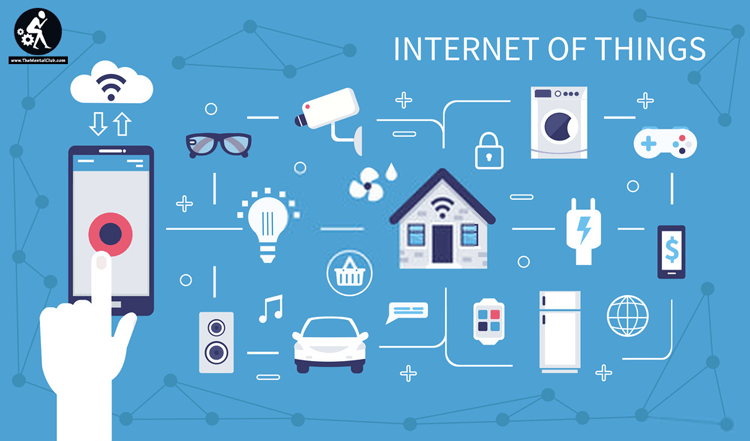
The architecture of the Internet of Things consists of three levels: the first is the perception network, that is, the two-dimensional code, RFID, and sensors are used to realize the identification of “things”; the second is the transmission network, that is, through the existing Internet, the broadcasting network and communication, the network or the next generation Internet realizes the transmission and calculation of data; the third is the application network, that is, various application services, including input and output control terminals.
Development of Sensors
The perception layer is the basis for realizing the full awareness of the Internet of Things, including QR code tags and readers, RFID tags and readers, cameras, GPS, sensors and M2M terminals, sensor networks and sensor gateways. The key problem to be solved is to perceive and identify objects, collect and capture information. The direction to be broken is to have more sensitive and comprehensive sensing capabilities to solve the problems of low power consumption, miniaturization and low cost.

It is predicted that in the next 10 years, the market for sensor demand will exceed one trillion, with an average annual growth rate of over 50% and 7 billion people with 1,000 sensors per capita.
Applications for sensors include machine building, industrial process control, automotive electronics, communications, consumer electronics and specialty equipment.
Internet Of Things (IoT)
In the world, the fastest-growing sensor market is the demand of the automotive market. The second place is the process control market. The prospect is the communication market.

The key to the electronic level of automotive control systems is the number and level of sensors used. At present, there are about tens to hundreds of sensors installed in an ordinary family car. The number of sensors in a luxury car can be as many as 200, and dozens of types. Sensors used in the automotive and communications markets account for about one-third of the market.
The integrated cost of the sensor is divided into internal and external costs, that is, the manufacturing cost of the sensor manufacturer and the cost of the use of the direct user. Manufacturing cost pursues the mass production rate, yield, and consistency of the sensor manufacturing process and results, and pursues the maximum unit material, energy, and human output rate; the cost of use is based on the cost of the user, which is not done. A simple sensor manufacturer, but at the same time as selling products, it also provides sensor services (such as selection, installation, maintenance, etc.) to users in the form of products.

The sensor manufacturing process is the process that uses, occupies, and consumes the most resources, including sensitive chip processing, packaging/assembly, and inspection/testing.
Sensitive chip processing is the most mature, and most mass-produced process. Now more and more types have successfully transplanted semiconductor IC manufacturing processes, thus forming independent micromachining technology. —— MEMS technology, which is mainly reflected in:
- Monomerization of the monomer: the relationship between the length of the side and the area, the material utilization rate is geometrically increased;
- The large-scale substrate and the number of single-batch substrates increase; the output, material, energy, and manpower utilization rate increase geometrically;
- Flattening has broken through in non-planar structures, such as film coils;
- Equipment and process control ability is outstanding, and the yield, consistency, reliability and life expectancy increase by orders of magnitude.
In the future, once the Internet of Things is widely used, countless items need to be equipped with smaller and smarter sensors. The number of sensors and electronic tags and supporting interface devices for animals, plants, machines and other items will greatly exceed the current number of mobile phones. In terms of consumer electronics sensors alone, the current average market price is $1. The market price will drop to $0.5 in 10 years, and the 7 trillion demand will showcase a market opportunity of over $1 trillion.

































